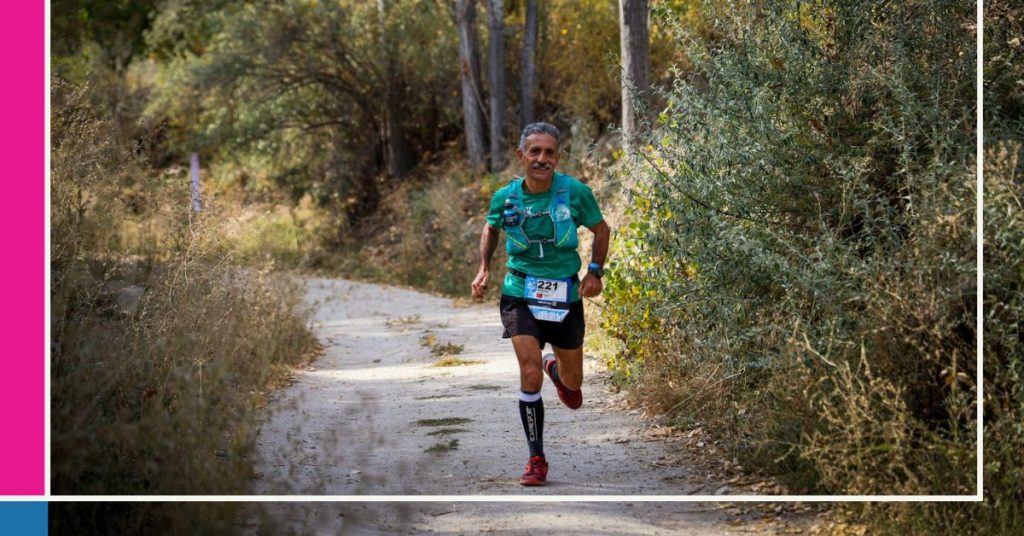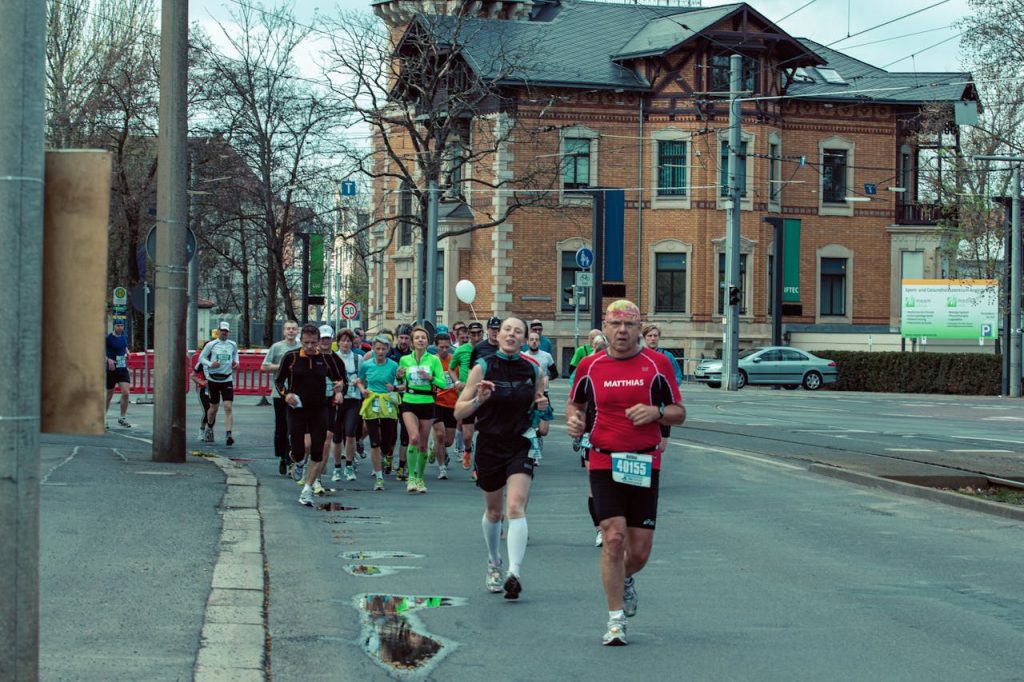Running later in life offers incredible benefits for both physical and mental well-being. Whether you’re just starting out or have been running for years, it’s never too late to take advantage of what running can do for your health. From boosting cardiovascular fitness to improving mood and mental clarity, running has the power to positively transform your life. In this article, we’ll explore practical and actionable running tips for older runners that will help you start or continue your running journey safely and effectively. Let’s get moving!
1. Start Slow and Build Gradually
One of the most important running tips for older runners is to start slow and give your body time to adjust. Jumping into high-intensity running too quickly can lead to injury, especially for beginners or those returning after a break. Instead, focus on gradual progression by starting with shorter, slower runs, or even walking intervals. This allows your muscles, joints, and cardiovascular system to adapt safely.
Building up gradually not only reduces the risk of injury but also strengthens your body over time. Whether you’re a seasoned runner or just starting, following this approach will make running more enjoyable and sustainable. Remember, it’s about consistency, not speed, so take it one step at a time—literally. These tips for older beginning runners are designed to help you stay injury-free and keep running for years to come.
2. Prioritize Recovery and Rest
When it comes to running tips for older runners, prioritizing recovery is essential. As we age, our bodies take longer to heal and recover, making rest days just as important as training days. Giving your muscles and joints time to repair after a run helps prevent overuse injuries, such as strains or joint pain. Skipping rest can lead to fatigue, slower progress, or even long-term damage.
Recovery not only reduces the risk of injury but also improves your overall performance. By allowing your body time to recover, you’ll return to your next run stronger and more energized. Whether you’re new to running or experienced, these tips for older runners will help you balance effort with rest, ensuring long-term success in your running journey.
3. Invest in Proper Footwear
One of the key running tips for older runners is to invest in high-quality, supportive footwear. The right shoes can make a significant difference in comfort and performance, especially when it comes to reducing the impact on your joints. As you age, your feet may need extra cushioning and support to prevent injuries like plantar fasciitis or knee pain.
When choosing running shoes, consider your gait and foot type. Some runners may need extra arch support, while others benefit from shoes designed for overpronation or supination. It’s worth visiting a specialty running store to get fitted properly. These tips for older beginning runners will ensure you’re equipped to run comfortably and safely.
4. Incorporate Strength Training
A vital part of any list of running tips for older runners is incorporating strength training into your routine. As we age, muscle mass naturally decreases, making strength training essential for maintaining muscle tone and joint stability. Strengthening your muscles, particularly in the legs, core, and hips, not only improves balance and posture but also reduces the risk of injury by providing better support for your joints.
For older runners, strength training can significantly enhance performance by increasing power, endurance, and running efficiency. Exercises like squats, lunges, and core work can help you run more efficiently, reduce fatigue, and improve your stride. These tips for older beginning runners are designed to keep you running strong and injury-free as you progress in your fitness journey.
5. Focus on Nutrition for Energy and Recovery
Good nutrition plays a key role in fueling your runs and aiding recovery, making it one of the top tips for older runners. As we age, our bodies may not recover as quickly, so consuming the right nutrients is essential. Focus on a balanced diet rich in whole foods, including lean proteins, healthy fats, and complex carbohydrates, which provide sustained energy for your runs.
Post-run recovery is just as important. Protein helps repair muscles, while carbohydrates replenish glycogen stores, speeding up recovery. Don’t forget to hydrate, as staying well-hydrated supports overall performance and joint health. Following these running tips for older runners will ensure you’re fueling your body for energy and recovery, keeping you strong and energized for each run.
6. Listen to Your Body and Adapt
One of the most important running tips for older runners is learning to listen to your body. As you age, your body may not bounce back as quickly from intense workouts, making it essential to be mindful of any pain, discomfort, or fatigue. Ignoring these signals can lead to injuries or burnout, so it’s crucial to adjust your running plans accordingly.
If you feel sore or overly tired, consider taking an extra rest day or incorporating a lower-impact activity like walking or swimming. It’s better to scale back and prevent injury than to push through pain. These tips for older beginning runners will help you stay flexible with your routine and ensure that you continue running in a way that supports your long-term health.
7. Set Realistic Goals and Stay Consistent
Setting realistic goals is crucial for maintaining motivation and achieving long-term success, especially for older runners. Whether you’re training for a race or simply running for fitness, your goals should be achievable and tailored to your current fitness level. Start with small milestones, like completing a certain distance or running three times a week, and gradually build from there. These tips for older runners will help you avoid burnout and keep you progressing steadily.
Consistency is key. It’s better to run shorter distances regularly than to push yourself too hard on occasional runs. Sticking to a routine helps improve endurance, strength, and overall well-being. By setting realistic goals and staying consistent, you’ll not only enhance your physical health but also keep your motivation high. Following these running tips for older runners will help you enjoy the process while making steady, sustainable progress.
Conclusion
Incorporating these running tips for older runners into your routine can make a significant difference in your health and well-being. Start slow, build gradually, and invest in proper recovery and nutrition to ensure your body stays strong and injury-free. Listen to your body, adapt when needed, and set realistic goals to stay motivated and consistent in your running journey. Running at any age offers incredible benefits, from improved fitness to enhanced mental clarity. Embrace the process, take care of yourself, and enjoy the lifelong benefits of staying active. It’s never too late to start or keep on running!
If you’re over 40 and looking for a beginner-friendly way to start running, our Gentle Couch to 5K Program with Raji Sundar is designed just for you. Reimagine your health and fitness at 40 or 50 with a clear, gentle plan that makes running both attainable and enjoyable. After completing the program, you’ll run comfortably without feeling breathless, enjoying your morning jogs with newfound energy. You’ll experience better stamina, improved energy levels, and even relief from premenopausal symptoms. Running can become your way to release stress, lose fat, and feel fitter and happier in your daily life.





